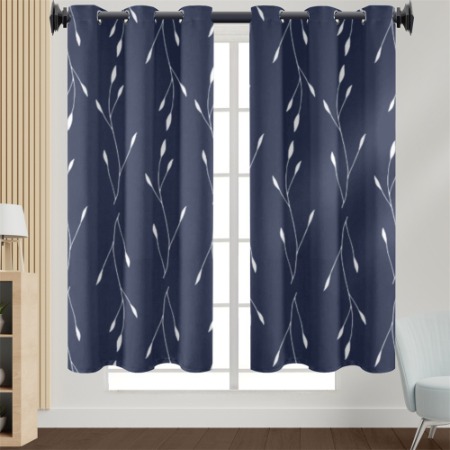Dyed Embossed Fabric is one of the easiest and most effective ways to color fabrics. However, the process can be time-consuming and tedious.The best materials for dyeing are those that are lightfast and have good reaction to washing and rubbing. Lightfastness is important because it helps ensure the designs of your embossed fabric will not fade over time.Twill fabric can be made from natural or synthetic fibers and is woven in a variety of ways. While twill itself doesn’t denote a particular type of fiber, it refers to the specific weaving pattern that results in its distinctive diagonal lines.Examples of twill fabrics include herringbone, corduroy, sateen, madras, and moleskin. Herringbone is a classic pattern in men’s clothing that can be worn as suits or overcoats. Corduroy is a thick fabric that’s traditionally woven from cotton, although it may be made from other materials today. Its wales create an insulated cushion of air that makes it warm and cozy, ideal for robes and pants.

It’s typically made from a heavy, long-staple cotton and can be used to make light blankets and bed sheets.Embossed fabrics use a pair of rollers with a certain depth pattern that is pressed on the fabric at high heat to produce a three-dimensional effect and special lustre. It also adds a relief style and unique texture to the fabric.Twill is a common weave used for clothing and home textiles. It is a woven fabric with diagonal lines (known as ribs or wales) on the front, which makes it easy to identify. Generally, twill fabrics are harder-wearing than plain weaves and are more likely to resist wrinkles. Twill weaves are the base for herringbone, houndstooth, and Scottish tartan patterns.
Besides being hard-wearing, twill fabric is also known for its good drape and elasticity. It works well with decorative patterns like damask and batik, but it also pairs beautifully with other types of fabric finishes, such as the nap of flannel or the parchment of organdy. It is not a good choice for underwear or other items that make contact with the skin, though; they should be made from a lightweight fabric like plain weave or satin.Cross stitch is a lovely hobby and can be really therapeutic. It is a great way to relax and focus on the task at hand, making it perfect for anyone who needs a little time out! Its also a great gift for friends and family. They make their fabrics in different 'counts' (stitches per inch).
They also produce stranded cotton in black and white (some patterns are written in colour but most are in black and white) and have an extensive range of floss colours. When ordering multiples of the same color it is important to note the dye lot as manufacturers tend to change the dye lots from time to time and this can affect the shade.Embossed effect cross stitch fabrics are washable, lightfast and easy to see. They make your project look great and are suitable for all levels of cross stitchers. Once you know how many stitches high and wide your pattern is, divide it by the fabric count to find out how many threads you will need.If the color of your fabric is important for your project, keep in mind that manufacturers sometimes change dye lots over time. If you are working on a long term project where the colors of the fabric will need to match exactly, it is wise to purchase all of the required fabrics at one time to ensure that they will be from the same dye lot. This is known as tweeding.

 English
English Español
Español








